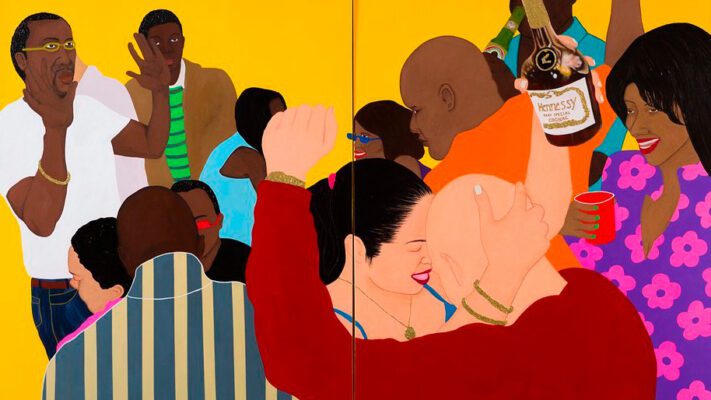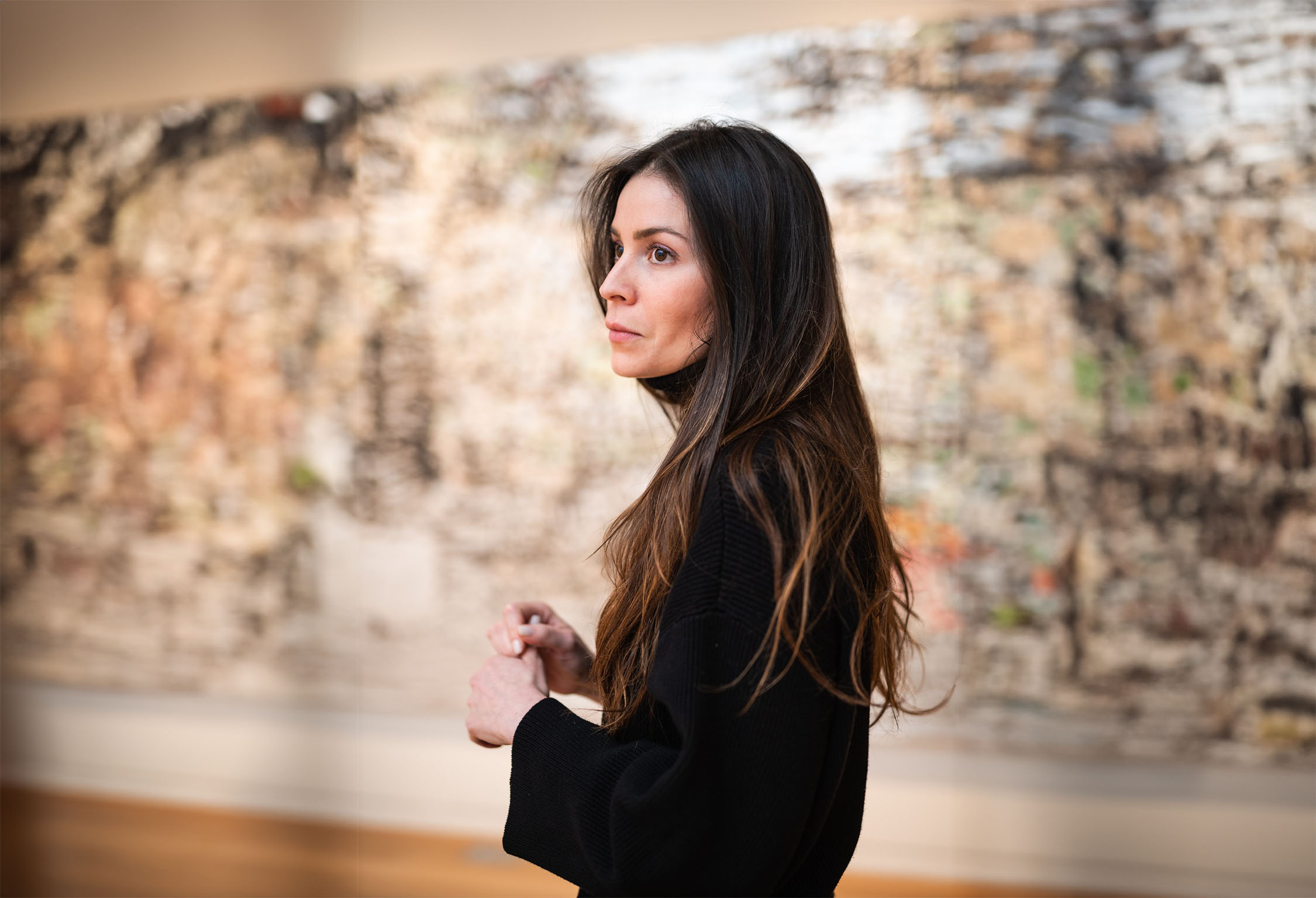
Isabella Lauria.
COFFEE WITH
ISABELLA LAURIA: “YOU HAVE TO BUY WHAT YOU TRULY LOVE”
Name: Isabella Lauria
Profession: Vice President, Specialist, Head of 21st Century Evening Sale at Christie’s
Nationality: Venezuelan
Zodiac sign: Virgo
Instagram: @isalauria @christiesinc
LATINNESS: What led you to the art world?
ISABELLA: My journey in the art world was somewhat inconsistent at the beginning. I loved contemporary art, but initially, it was mostly a hobby. My mom was also very involved in this universe.
I studied International Relations and Political Science at George Washington University. Then, I worked at a law firm in New York and hated it, so I thought, “I’d better look for something that truly speaks to me.” That’s when I obtained a postgraduate degree at the Sotheby’s Institute in the art business.
It was a mini MBA focused on contemporary art, so all the case studies were related to this world: how galleries and auction houses function, how to represent an artist, how to create a market or following.
From there, I started working at Sotheby’s as an administrator, which is the most basic role, and gradually grew. Then, I moved on to cataloging and later became a specialist. At that point, about four years into working there, I received a call from Christie’s to manage a few auctions they were expanding, which were the ones in March and September, outside the “season” (typically, for us, it’s May and November).
I managed and grew that auction for two years. In 2021, we brought to life the concept of the 21st Century Auction, based on the interests of our clients. There’s a new generation of collectors who like to buy art from their own generation.
LATINNESS: How did this auction come about?
ISABELLA: The concept originated with Basquiat; that is, it started in the 1980s up to the artists producing works today. This way, we can align these contemporary artists with their greatest influences. Who are they? Basquiat, Keith Haring, Barbara Kruger– artists from the 80s and 90s who’ve already become very blue-chip.
In terms of trajectory, there’s a correlation between the auction I managed before, which was much smaller and had lower value and the larger one we’ve had to date– which I believe reached $35 million– because we focus on discovering new artists. If a platform like Christie’s says that an artist is good or worth paying attention to, the art world generally responds positively.
Evening auctions are usually the most prestigious. There’s much more press coverage and collectors get more involved, competing at higher levels. That’s why they saw the result of the Basquiat, which was a very significant one.
The most expensive works within my auctions tend to be those by Basquiat or Keith Haring. Also, Christopher Wool and Richard Prince, who are artists from the 80s still active today.
LATINNESS: So, if I understand correctly, in the world of auctions, some are more prominent than others. Are there also more important months, times or cities?
ISABELLA: Christie’s, Sotheby’s, and Phillips are the three largest auction houses in existence. Phillips lags a bit behind in the sense that it’s smaller, has fewer auctions and fewer global offices. The most significant auctions take place in New York at the first two houses in the months of May and November.
At Christie’s, we have the 20th-century auction, which includes Impressionist, Modern, Post-Impressionism and post-war art (after World War II). Then, there’s the 21st Century auction, which starts from around the 1980s until the present day.
Sotheby’s has a similar distribution. They offer three auctions instead of two, including evening sales followed by day sales, with slightly more affordable prices or the core market, where the most expensive items are valued between 2 and 4 million dollars, and the least expensive ones around $20,000 USD.
Additionally, we have auctions in June and October in London and in Hong Kong at the end of May and October. Those are the three major cities. New York has always been the main one, followed by London and Hong Kong, which usually compete with each other. Sometimes Hong Kong outsells, other times it’s London; it depends on the overall economy and the Euro and Pound.
We also have auctions in Paris and Milan, but those are a bit smaller.
LATINNESS: Why buy at auctions instead of a gallery?
ISABELLA: Many people are intimidated by the idea of auctions. They find it daunting. The reality is that the auction business is the most transparent you can get when it comes to buying and selling art.
Why? Because it gives anyone the opportunity to participate. In galleries, if you want a particular artist, there’s often a long waiting list, and if you don’t have an established collection, if you don’t know someone in the art world, if you’re not willing to donate or buy a second piece, you probably won’t have access to these young artists, especially the highly sought-after ones at the moment. In an auction, you have the opportunity to compete for artworks on an even playing field.
There are also auction houses that only sell artworks worth millions and millions of dollars, but at Christie’s, we have online auctions where you can buy art for $1,000 or $2,000. There are also auctions with no reserve, starting at $50, and I think it’s worth it if it’s something you’re interested in and want to start collecting.
Furthermore, something that many people don’t realize is that, as specialists, we provide free advice in the end. We don’t charge for giving our opinion or teaching someone about an artist or offering purchasing advice.
It’s a good opportunity to enter the art market in a more democratic way because you can go on the website and contact any specialist to inquire about the condition of the artwork or ask about comparable sales, and we have to provide them with tangible comparables. The auction prices are public, which is another crucial point because in galleries, they can charge you $20 for something they charge me $40 for, and there’s no way to mitigate that difference. The gallery owner decides that because it’s not public record. However, in auctions, all the results are available online, so if they’re trying to charge you $100,000 USD for something very similar that sold for $20,000 USD, you can quickly realize that you’re being overcharged.
LATINNESS: What, if any, Latin American artists have stood out in auctions, at least since the 1980s?
ISABELLA: Yes, for example, María Berrío. She is a Colombian artist who exhibits with Victoria Miro gallery, and in the last couple of years, she’s been extremely hot on the market.
At Christie’s, we still have a department dedicated to Latin American art, and we are the only ones who’ve kept it. Phillips and Sotheby’s got rid of theirs, and now they have Latin American specialists who include some artworks in their auctions of modern or contemporary art, or whatever it may be
I believe that every season, new Latin American artists or artists with Latin roots emerge, even if they’ve studied abroad.
Another example is Alex Da Corte, whom we placed in the number one lot of our 21st Century auction about a year and a half ago as a way to show the market that we consider him an important artist. This occurred simultaneously alongside his exhibition on the rooftop of the Metropolitan Museum.
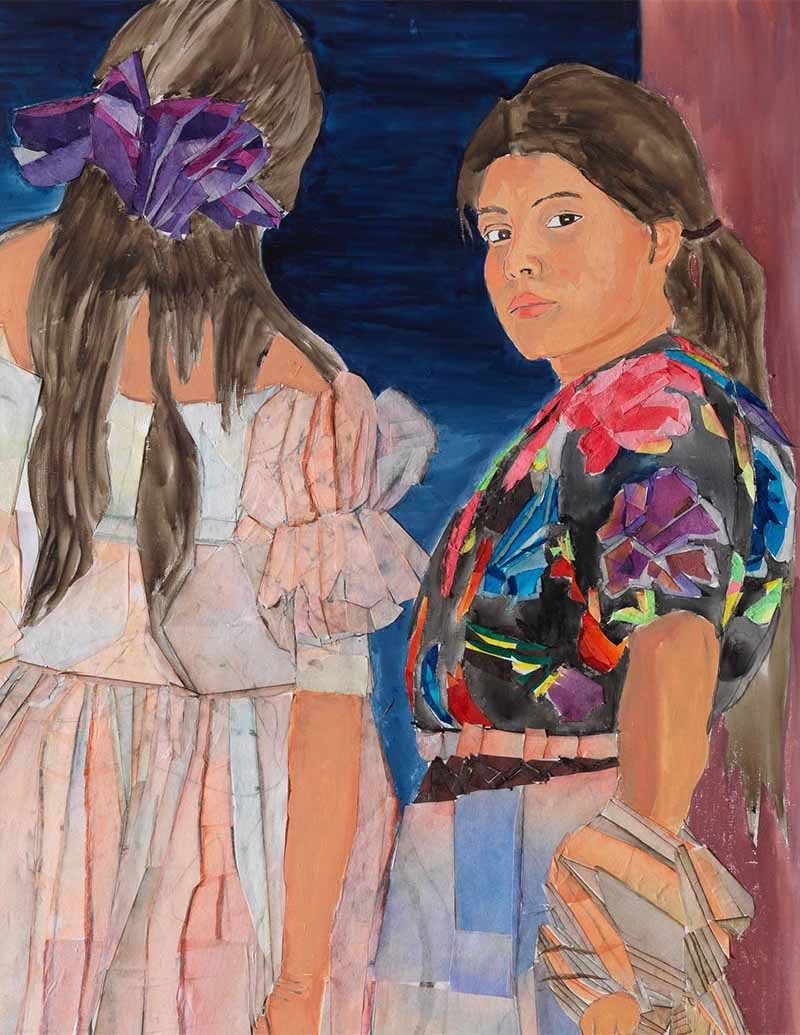
‘The Interruption’ and ‘The Wayfarer’, 2022, by Maria Berrio.
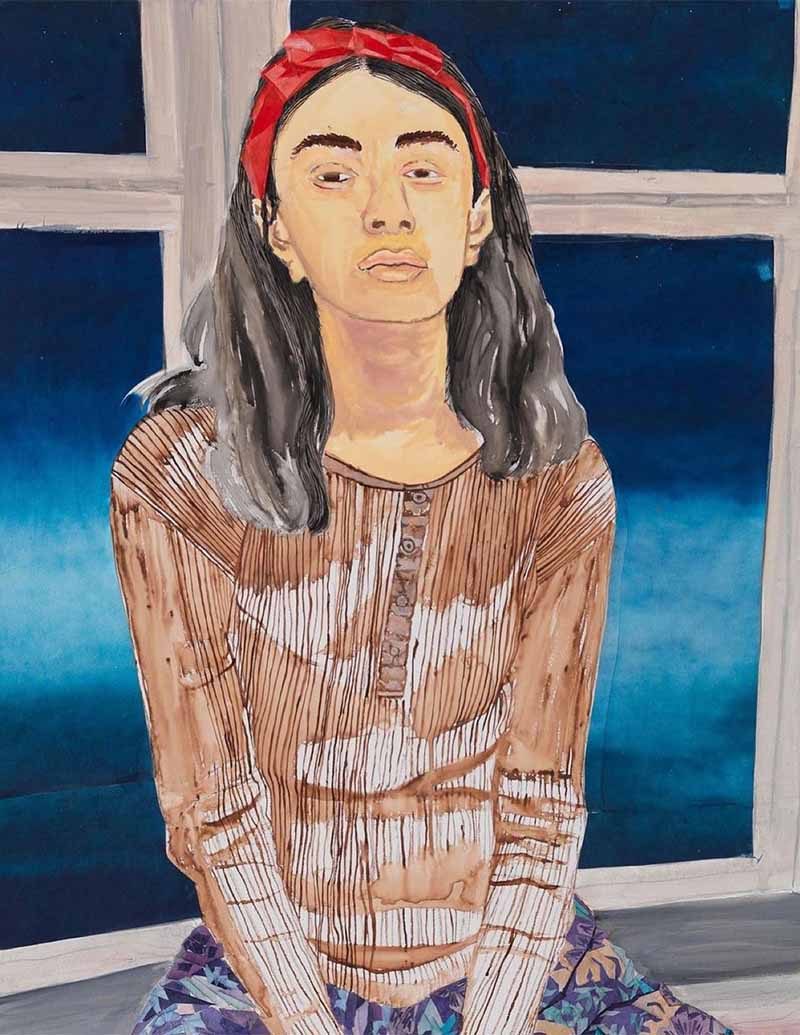
LATINNESS: Many artists from the 21st Century auction tend to collaborate with fashion brands. Yayoi Kusama with Louis Vuitton and Kaws with Dior come to mind. What’s your opinion on these alliances that transcend the art realm?
ISABELLA: The world has become so globalized that fashion and art have been influencing each other for several years. This isn’t the first collaboration Kusama has done with Louis Vuitton, and I find it a super interesting dynamic.
We’ve seen many curators, highly important people in the art world, who also have that crossover with fashion. I feel it always helps; in other words, any buzz is a good buzz.
While the people who are buying Kusama handbags cannot necessarily acquire a Kusama pumpkin worth 4 or 5 million dollars, in the press, the buzz and content created around these collaborations usually benefits the artists’ market 100%.
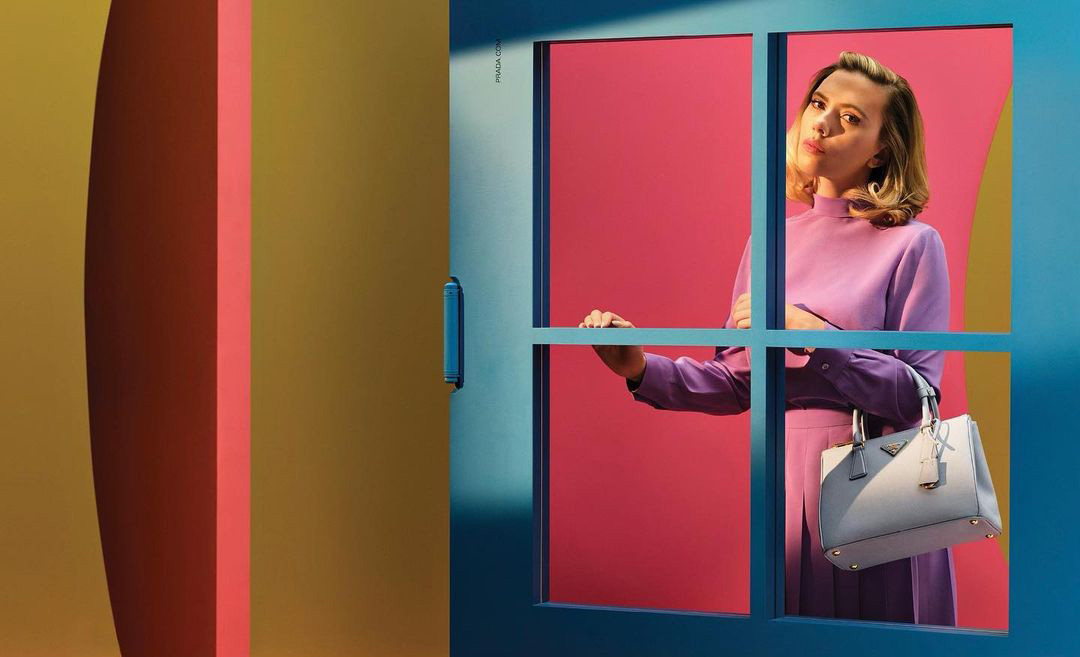
A Prada campaign featuring the work of Venezuelan-American artist Alex da Corte.
LATINNESS: I saw this when visiting the Basquiat x Warhol. Painting four hands exhibition at the Fondation Louis Vuitton in Paris. And as you know, LVMH also has Tiffany’s in its portfolio, a brand with which they’ve generated a lot of buzz around Basquiat. They’re combining art and fashion in that way…
ISABELLA: Absolutely, and I think it’s fascinating. You mention Louis Vuitton and LVMH, which means that the big collectors tend to be the same people who own those brands. For example, the owner of Christie’s is Pinault, while Arnault owns LVMH… There’s an ecosystem there, and in the end, they’re all creatives. That’s what drives both the art market and the fashion industry. I find it incredibly interesting when these collaborations emerge.
In a previous auction, we had a work by Amoako Boafo that was used for sweaters by Dior. It’s cool when you have the artwork, the source imagery, that inspired the garments created afterwards.
I find it wonderful to see that crossover. Although it may be on a different level, it’s also a way to invite people who want to be part of the art world but don’t have the access or liquidity to participate in the purchase of an actual artwork. Nevertheless, they can acquire a handbag, a shirt or similar items.
LATINNESS: Tell us about your ecosystem. What galleries and museums inspire you in New York?
ISABELLA: There are so many galleries here that have incredibly interesting programs. I think the most challenging thing for them is to keep those artists, because once you have a good eye and you find them, the larger galleries want to sign them after just two years.
For example, the Brazilian gallery Mendes Wood DM is amazing. Also, PPOW. There are many, especially smaller ones, and part of my job is to spend weekends walking around and visiting galleries and their programs to determine which upcoming artists have the potential to enter an evening auction.
It involves a lot of research and understanding which artists have had exhibitions in museums, which ones are going to have them, and which artists have been collected by the most innovative and reputable collectors.
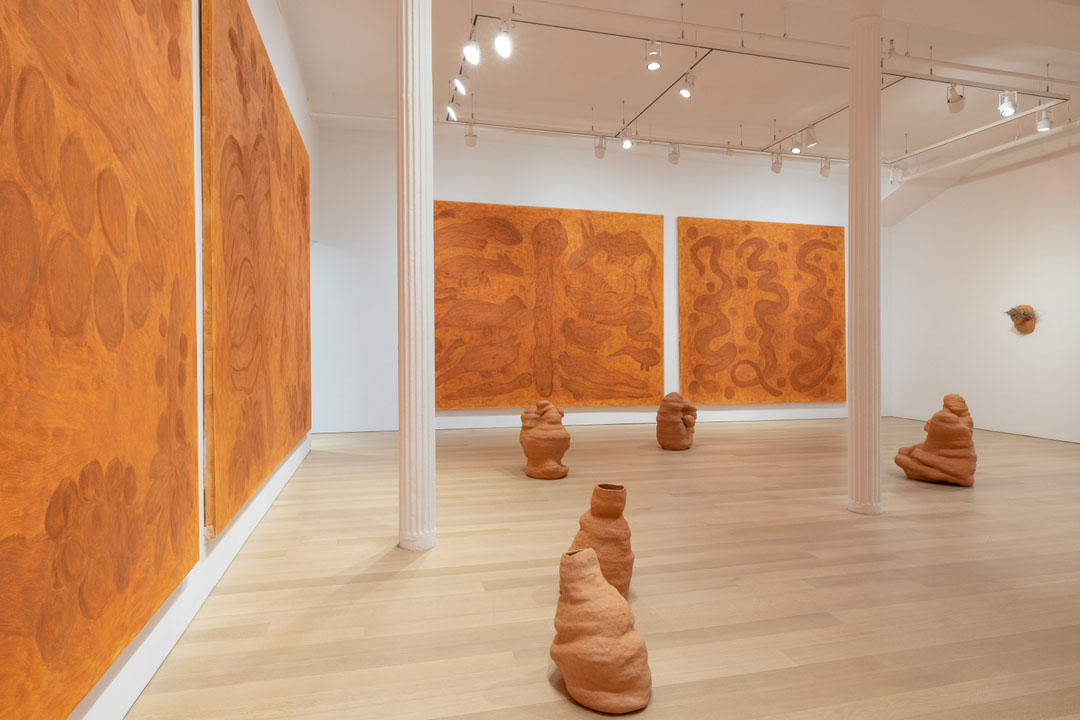
Mendes Wood DM gallery in New York.
LATINNESS: What advice would you give to young people aspiring to collect art?
ISABELLA: First and foremost, you have to buy what you truly love. I often get asked about what will appreciate in value and what is the best investment, but if you’re just starting out, you can’t think that way. If you want to buy art, it has to be something that brings you joy, whether it’s a good investment, stays the same in value or even decreases in value.
In terms of where to start, the first thing is to read a lot. Do the research, read interviews with the artists, as they provide insights into their process. It’s not just about the aesthetics; it’s about understanding where the idea came from, what influenced them to create the artwork or series.
Lastly, social media is a great gateway to understand these artists. Some people directly message them, and many artists are very willing to have conversations, explain their work, and teach about it. Generally, it’s easier to approach them through social media or through auction houses rather than galleries themselves.
The gallery world has become a bit challenging to penetrate if you don’t have that access or at least a connection through an advisor or contact. If the goal is to build a collection, it’s best to invest a bit more money and partner with an advisor who can provide aesthetic guidance or curation. There are many people who buy a lot without much sense of cohesion in their collection.
The most important thing is to buy and collect what you love because you’re the one who will live with the collection.
Images courtesy of Isabella Lauria, @mariaberriostudio, @alexdacorte and @mendeswooddm.



